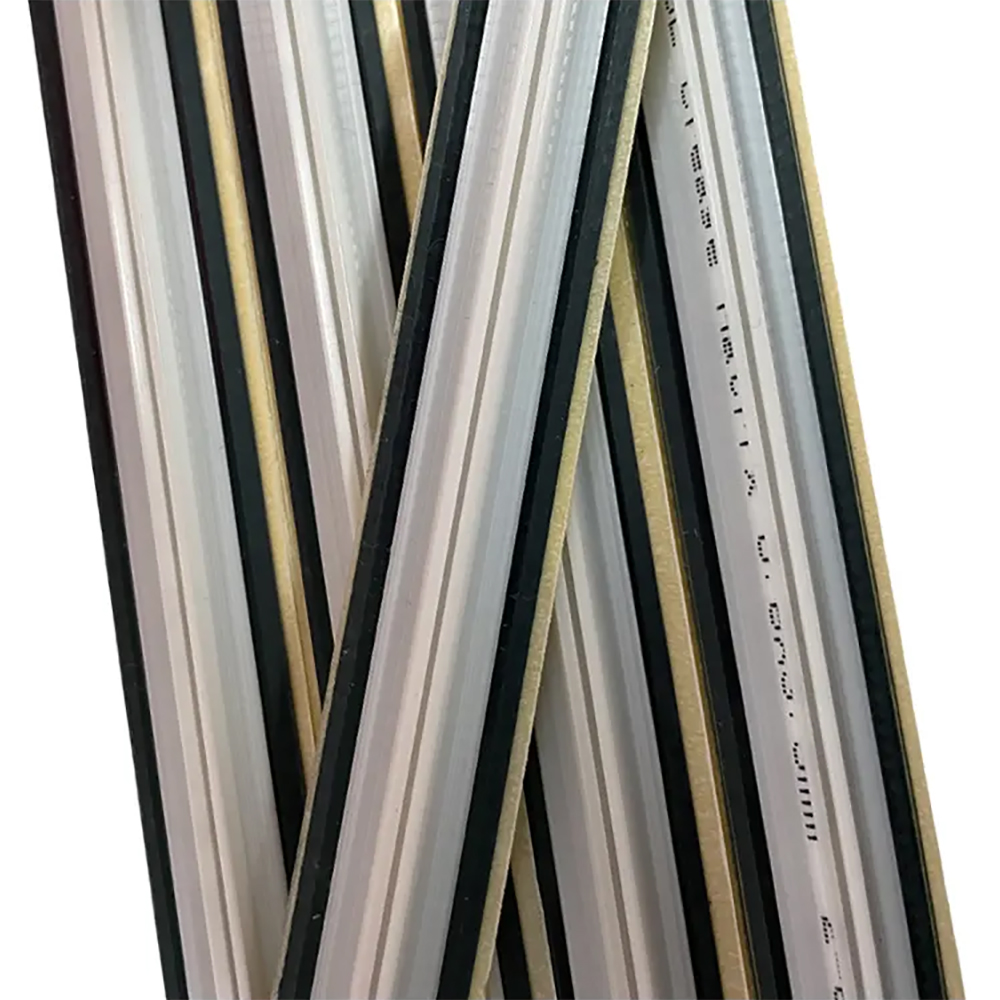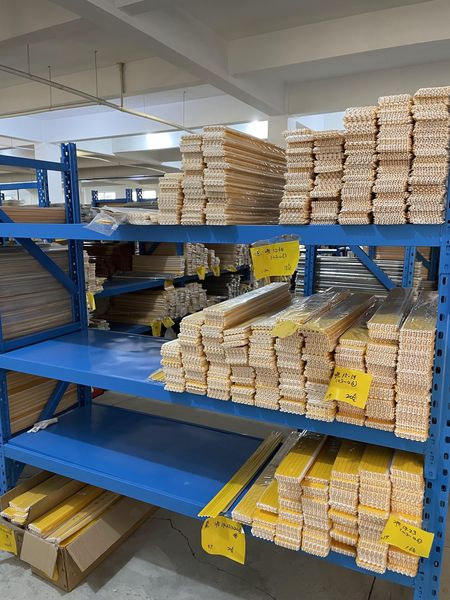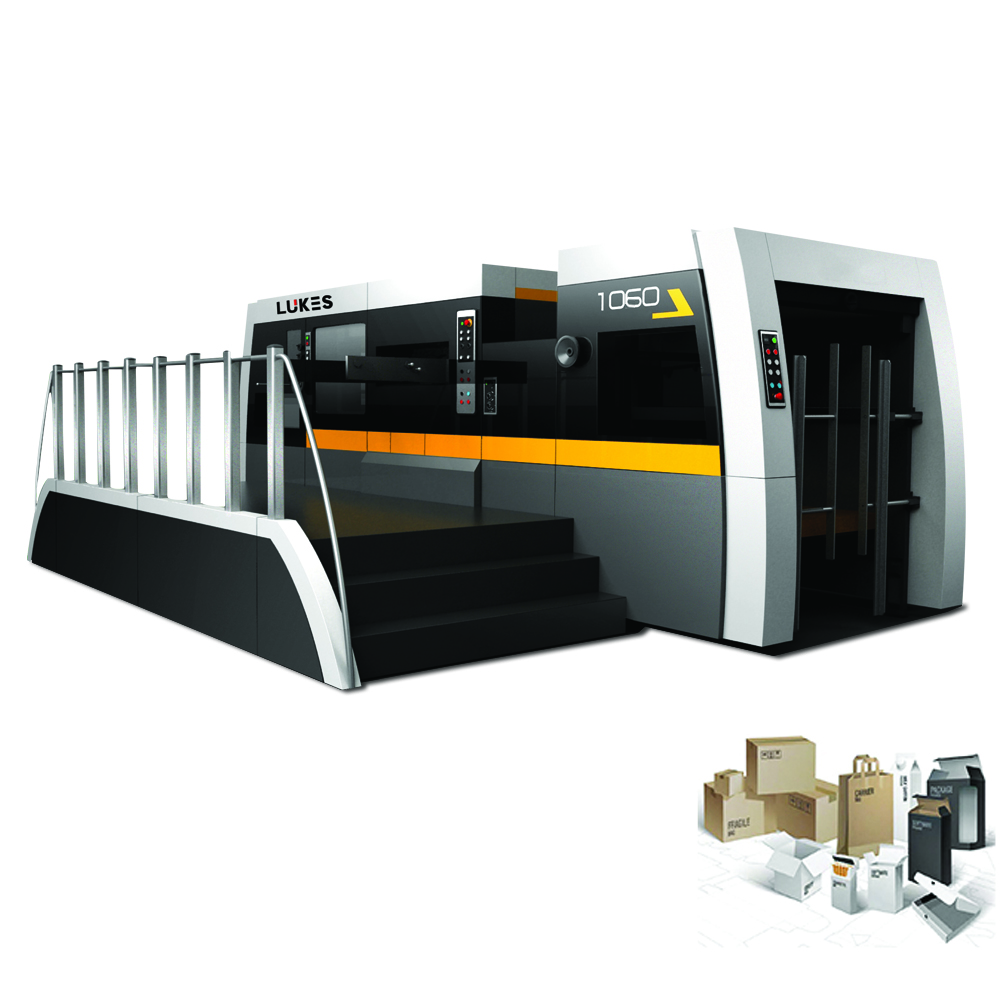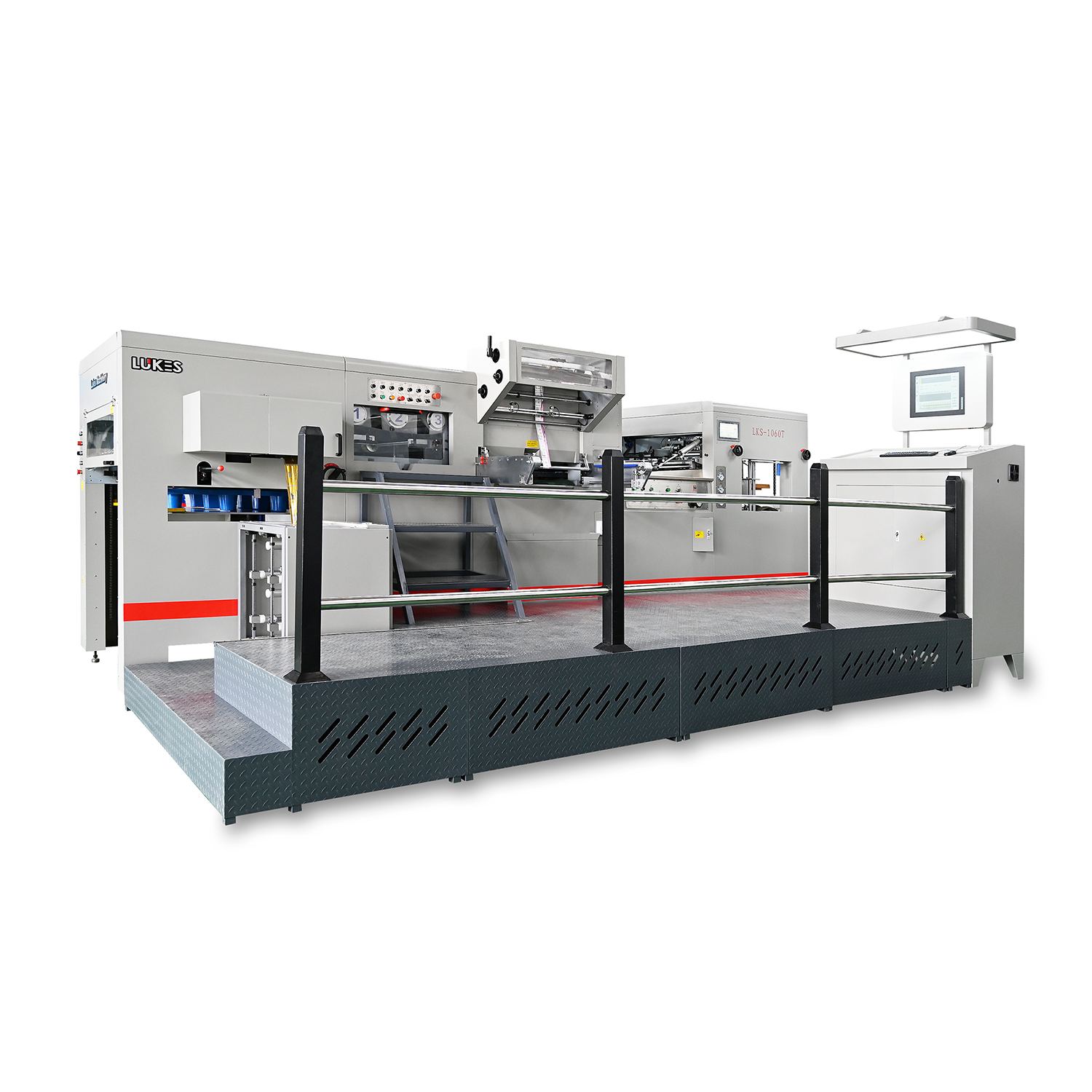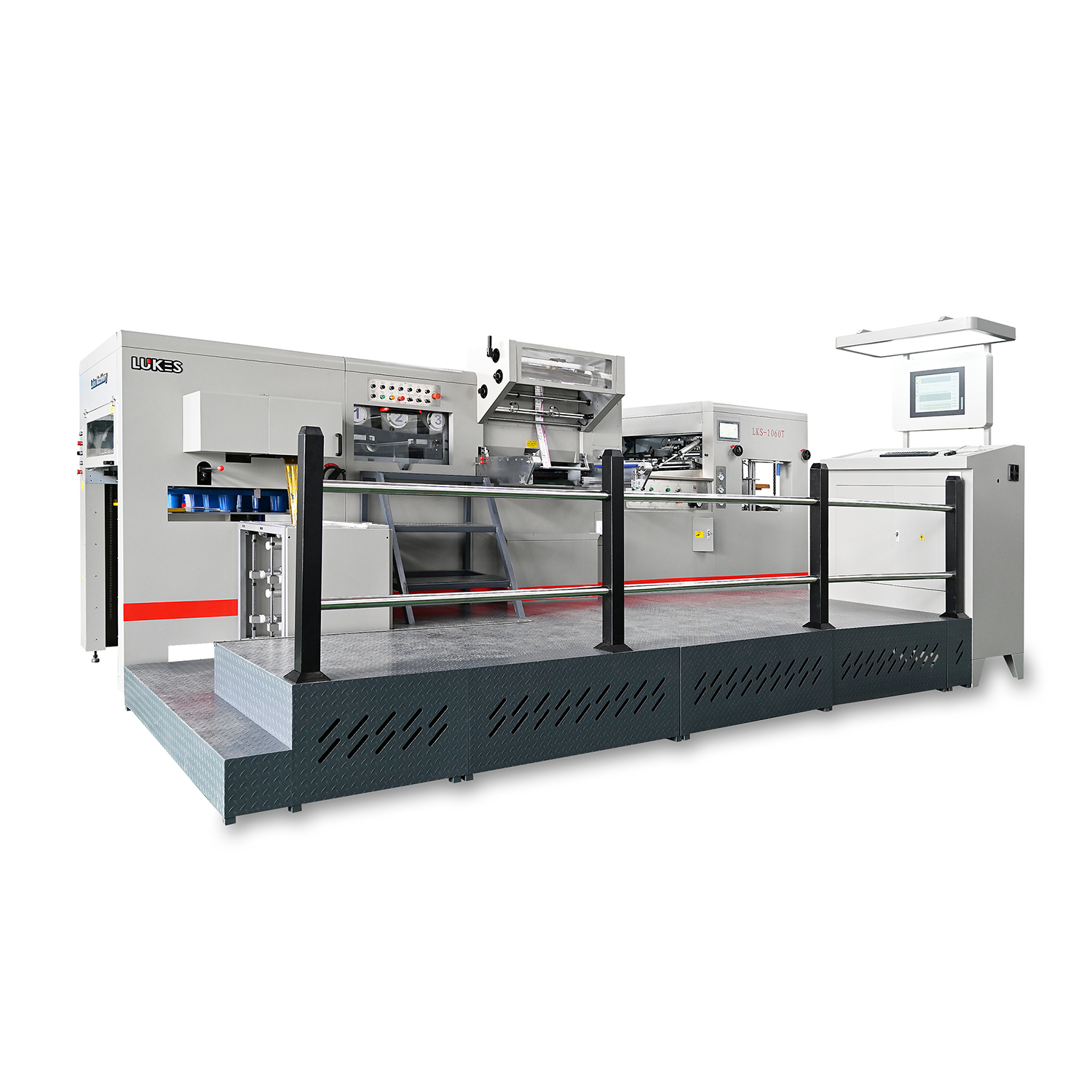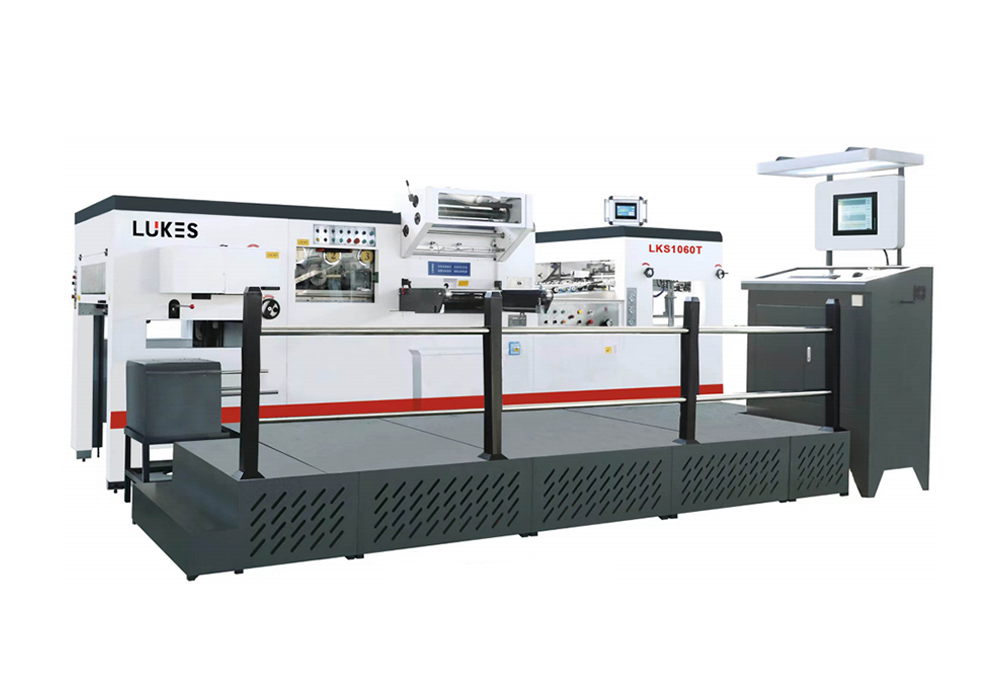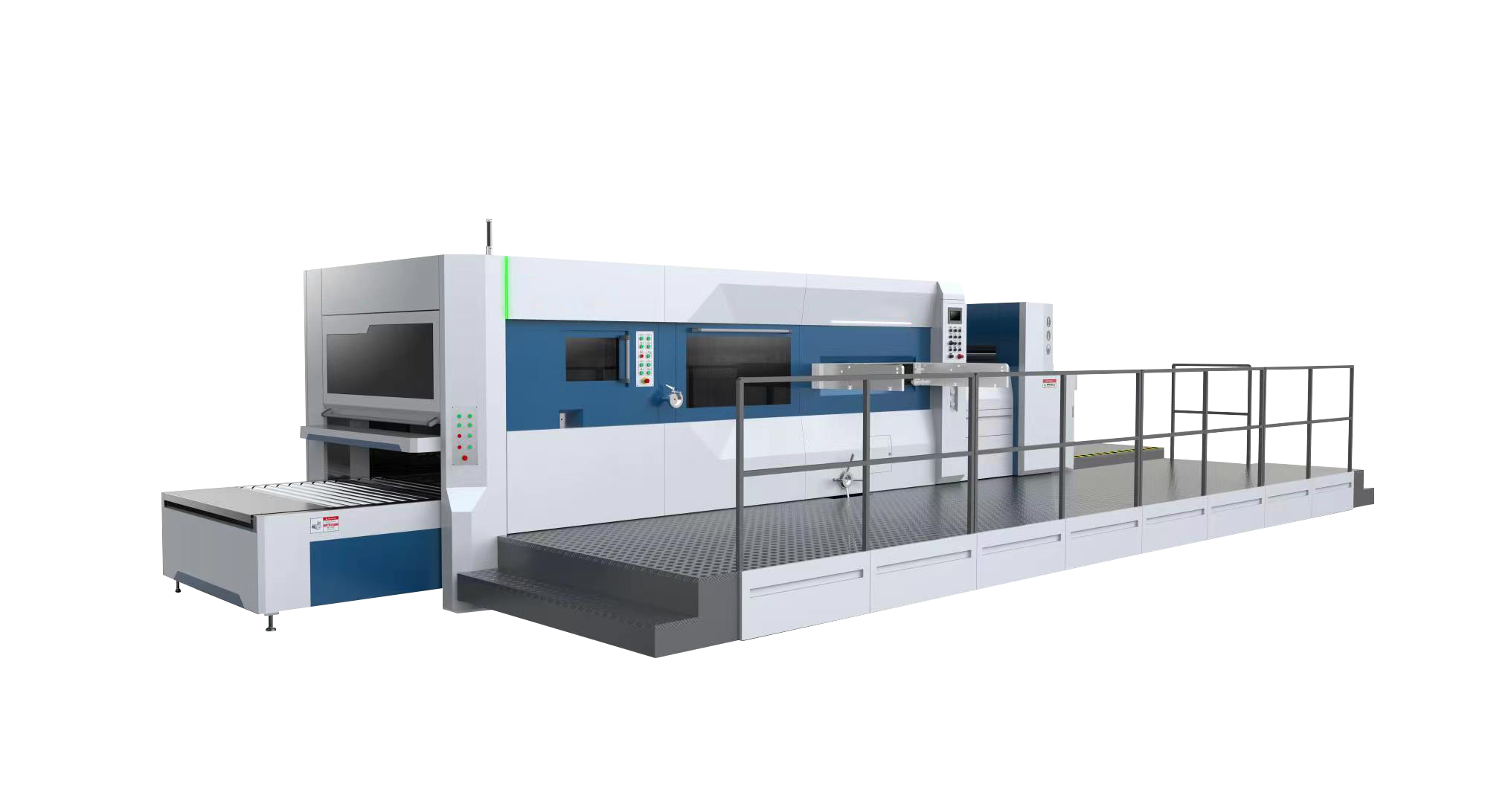How to distinguish the quality of creasing matrix
As an important material for die cutting after printing, the creasing matrix has an important impact on the creasing of the carton and the model. If you want to get perfect creasing, high-quality creasing matrix is an indispensable material. But in today’s market, there are many creasing matrices of poor quality, shoddy. If the carton factory chooses a poor-quality creasing matrix, it will easily cause the quality of the carton creasing to drop, the production efficiency to drop, and even cause the customer to return the product. Huge losses to the manufacturer. Therefore, choose the creasing matrix correctly and identify the advantages and disadvantages of the creasing matrix.
Help every manufacturer create greater profits. How to distinguish product quality, how to distinguish product quality?
It can be found from the following aspects:
Creasing slot width and height errors
Inferior-quality creasing matrix is mostly produced by small factories, and these small factories generally do not have professional experiments.
Product research and development and quality monitoring are carried out indoors, and the product production is uneven and the precision is high.
The difference is huge. For example, 0.5×1. According to the experiment, 5mm indentation line
Strictly tested in the room, the width range of the indentation i of the inferior indentation line is actually 1.6mm~1.8mm, and the actual measured value is not within the range of 1.5mm.
High-quality creasing matrix of the same model, indentation groove width 1.48mm~1.53mm,
The error can be controlled within 2%. Another example is the height of the indentation groove and the height of the inferior indentation groove
The actual measured value is 0.52mm~0.55mm, and the maximum error is 10%. high quality
The same type of product, the measured value of the indentation groove height is between 0.50mm~0.51mm,
The error is fully controlled within 2%. It can be seen that the indentation groove of the inferior indentation line
The error is large, and it is easy to produce a series of quality problems.
Material difference
Low-quality pressure printing manufacturers often cut corners to reduce product costs, so that their products can enter the market at relatively low prices.
The width of the bottom mold is wider, that is to say, the contact area is larger, which is conducive to the mold being more firmly pasted on the die-cutting bottom plate.
For example, the tape used to protect the bottom mold, and the tape used by inferior products is even wider.
The counter is narrower, with the consequence that parts of the counter have lost their protective glue before use.
It tends to lose stickiness when used. When the die-cutting machine is running at high speed, the bottom mold is easy to fall off, causing damage to the die cutting machine. Resulting in downtime, machine maintenance, etc.
